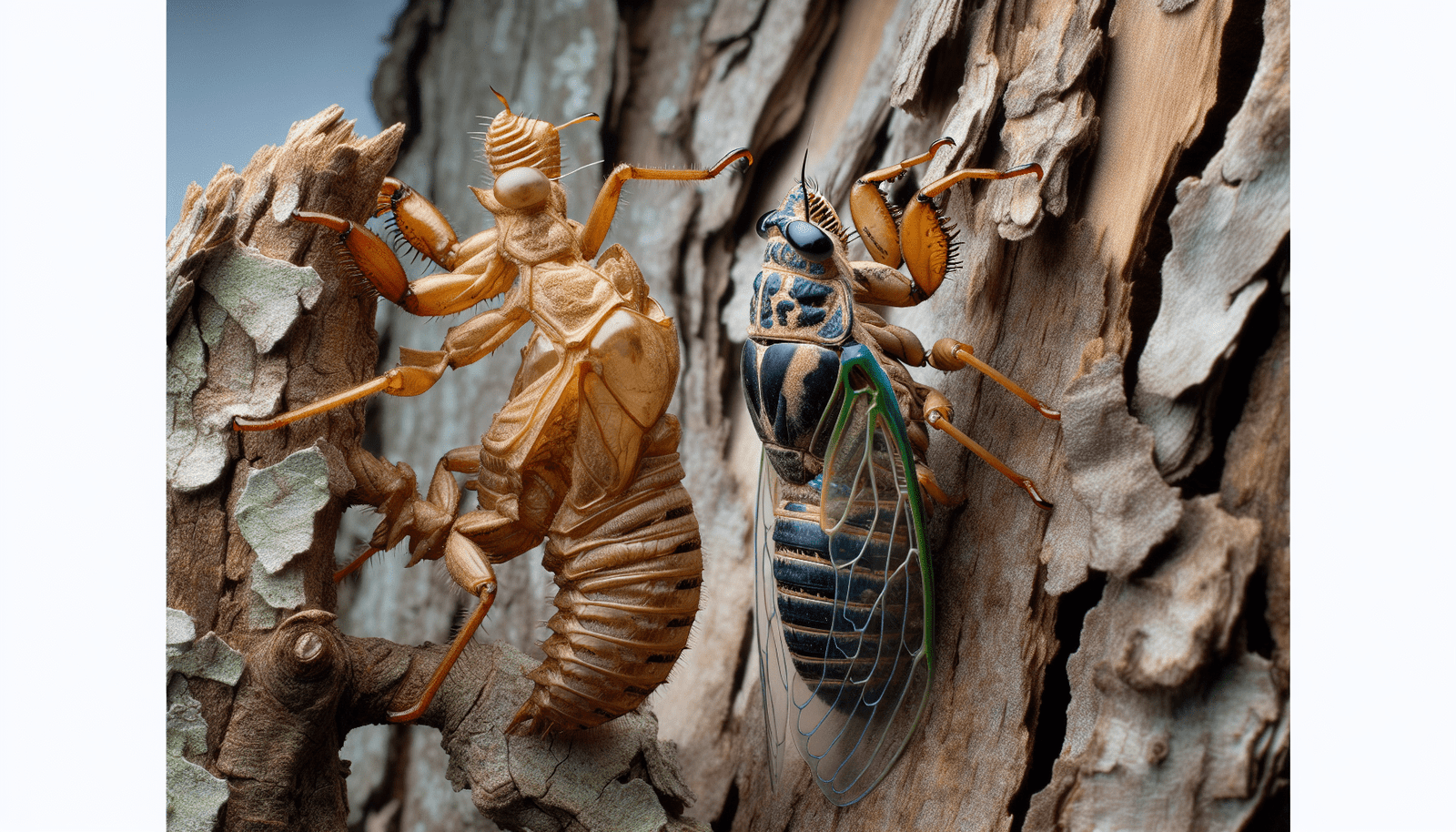Welcome to an informational post meant to educate you on the fascinating topic of cicada emergence. Have you ever wondered when and why cicadas come out? These unique insects have a mysterious lifecycle that involves spending years underground before emerging in mass numbers. Stay tuned as we delve into the timing and reasons behind these captivating cicada emergences. Let’s uncover the secrets of these buzzing creatures together!
Cicada Emergence: When And Why Do Cicadas Come Out?
Have you ever wondered why cicadas seem to suddenly appear every few years? And what exactly triggers their emergence? In this article, we will explore the fascinating phenomenon of cicada emergence, including when and why these noisy insects come out of hiding.
Understanding Cicadas
Before we delve into their emergence, let’s first get to know these peculiar insects. Cicadas are known for their loud buzzing and clicking noises, which are produced by the males to attract females for mating. There are over 3,000 species of cicadas worldwide, with different types emerging at various intervals.
Cicada Lifecycles
Cicadas have a unique lifecycle that involves spending most of their life underground as nymphs. These nymphs feed on the sap from tree roots and remain hidden from predators for years, depending on the species. When the time is right, they emerge from the ground to transform into adults.
Periodical vs. Annual Cicadas
Cicadas can be broadly categorized into two groups: periodical and annual cicadas. Periodical cicadas, such as the well-known Brood X, emerge in large numbers every 13 or 17 years, depending on the species. These synchronized emergences are thought to be a survival strategy to overwhelm predators with sheer numbers.
Annual Cicadas
On the other hand, annual cicadas have shorter lifecycles and emerge every year. While they may not have the same mass emergence phenomenon as periodical cicadas, annual cicadas can still be quite noisy and make their presence known during the summer months.
Factors Influencing Cicada Emergence
The emergence of cicadas is a complex process influenced by several factors, including temperature, soil conditions, and even the phase of the moon. Let’s take a closer look at some of the key factors that trigger cicada emergence.
Temperature
Temperature plays a crucial role in determining when cicadas will emerge from the ground. Once the soil temperature reaches a certain threshold, typically around 64 degrees Fahrenheit, nymphs will begin to dig their way to the surface. Warm spring temperatures are essential for signaling to the cicadas that it’s time to emerge and start their above-ground activities.
Soil Conditions
Healthy soil conditions are also important for successful cicada emergence. Nymphs require moist soil to dig their way out and shed their exoskeletons. Dry or compacted soil can hinder their ability to reach the surface, potentially delaying their emergence.
Predators
Believe it or not, cicadas have evolved to emerge in large numbers to overwhelm their predators. By synchronizing their emergence, cicadas increase their chances of survival and successful mating. Predators such as birds, mammals, and even other insects may feast on the emerging cicadas, so timing is crucial for the insects’ survival.
The Role of Cicadas in the Ecosystem
Despite their noisy reputation, cicadas play a vital role in the ecosystem. As nymphs, they help aerate the soil by digging tunnels and feeding on tree roots. When they emerge as adults, they provide a valuable food source for various predators, contributing to the overall biodiversity of their habitats.
Nutrient Cycling
Adult cicadas also contribute to the nutrient cycling process by depositing their waste, known as frass, back into the soil. This waste contains essential nutrients that help fertilize the surrounding vegetation, creating a beneficial feedback loop in the ecosystem.
Pollination
In addition to their role in nutrient cycling, cicadas also play a part in pollination. While not as efficient as bees or other pollinators, cicadas help transfer pollen between plants as they feed on tree sap and nectar. This incidental pollination can benefit plant species and contribute to overall biodiversity.
Enjoying the Cicada Emergence
While cicadas may be loud and disruptive at times, their emergence is a natural phenomenon worth experiencing. Here are a few tips on how to make the most of the cicada emergence in your area.
Listen to Their Songs
Take some time to listen to the unique songs of the cicadas. Each species has its own distinct call, which can vary in intensity and pitch. By paying attention to their songs, you can learn to identify different types of cicadas and appreciate the diversity of these insects.
Watch Their Behavior
Observe the behavior of cicadas as they emerge from the ground and undergo their transformation into adults. You may witness the fascinating process of molting, where the nymphs shed their exoskeletons to reveal their wings and develop their adult form.
Learn About Their Lifecycle
Educate yourself about the lifecycle of cicadas and the role they play in the ecosystem. Understanding the biology and behavior of these insects can help you appreciate the intricate web of interactions that sustains life on Earth.
Conclusion
Cicadas are fascinating creatures that undergo a remarkable transformation during their emergence from the ground. By understanding the factors that influence their emergence and the roles they play in the ecosystem, we can gain a deeper appreciation for these noisy insects. Next time you hear the buzzing of cicadas in the air, take a moment to marvel at the incredible natural phenomenon unfolding around you.
